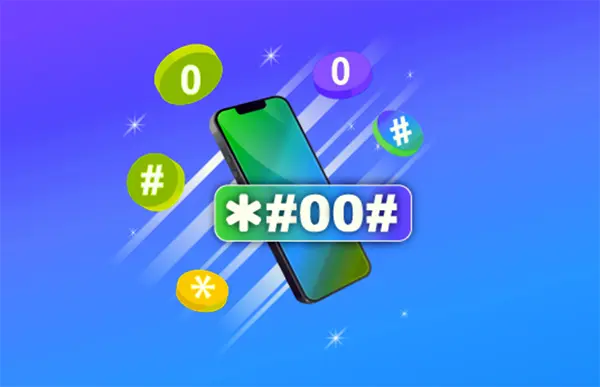Ever wondered how to access hidden features on your smartphone? These secret phone codes, also known as USSD codes or diagnostic codes, unlock powerful capabilities that aren't available through your phone's regular interface.
Whether you need to track phone information, test hardware features, or access advanced settings, these codes give you direct access to your device's core functions.
What Are Phone Secret Codes?
Secret codes (technically called USSD codes) are special combinations of numbers and symbols that unlock hidden menus and features on your smartphone. These codes were originally designed for technicians and developers, but they're available to anyone who knows them.
- Access detailed phone diagnostics
- Test hardware components
- Track settings and performance
- Access advanced configurations

Essential Phone Information Codes
| Code | Function | Details |
|---|---|---|
| *#06# | IMEI Display | Shows your phone's unique identifier |
| *#*#4636#*#* | Phone Information | Battery Stats Usage Info Network Details |
| *#*#1234#*#* | Firmware Version | Shows your phone's firmware version and detailed system info |
| *#*#232337#*#* | Bluetooth Address | Shows your phone's Bluetooth address and status |
- *#*#0*#*#* LCD Test Screen
- *#*#2664#*#* Touchscreen Test Touch
- *#*#0673#*#* Audio Test Sound
- *#*#1472365#*#* GPS Test GPS
- *#*#0588#*#* Proximity Test Proximity
Advanced System Codes
| Code | Function | Details |
|---|---|---|
| *#*#3264#*#* | RAM Management | Shows RAM management details |
| *#*#232339#*#* | Wireless LAN | Tests and shows statistics for Wireless LAN |
| *#9900# | System Dump | Enters system dump mode (advanced diagnostics) |
| *#*#197328640#*#* | Service Mode | Accesses service mode |
Important Safety Note
While these codes are safe to use, be cautious with reset codes or those that modify system settings. Some codes may not work on all phone models or Android versions.
We recommend testing basic information codes first before trying advanced options.
Phone Tracking and Service Codes
| Code | Function | Details |
|---|---|---|
| *#*#8255#*#* | Google Service | Shows Google service status |
| *#*#526#*#* | Wireless Network | Shows wireless network diagnostics |
| *#*#232338#*#* | WiFi MAC | Shows WiFi MAC address |
| *#03# | NAND Flash | Shows NAND flash serial number |
Related Information
Want to learn more about IMEI tracking and device security? Check out our comprehensive IMEI tracking guide for detailed information about protecting and monitoring your device.